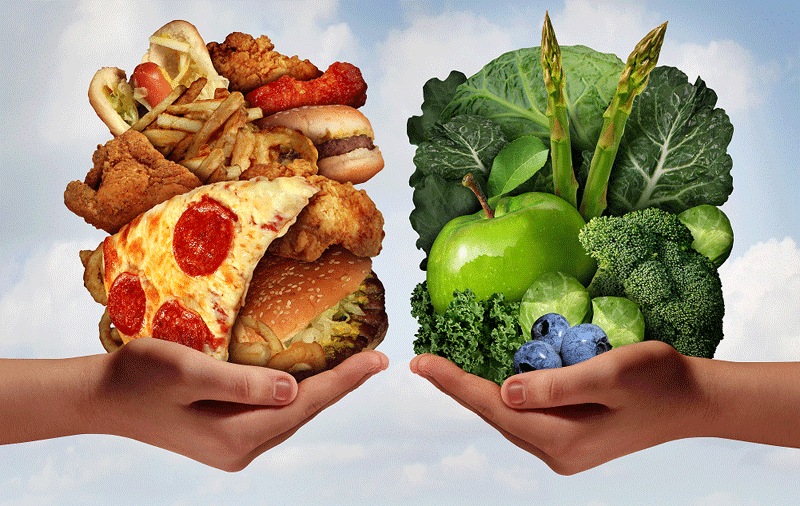You CAN Eat Healthy on a Budget
go.ncsu.edu/readext?714487
en Español / em Português
El inglés es el idioma de control de esta página. En la medida en que haya algún conflicto entre la traducción al inglés y la traducción, el inglés prevalece.
Al hacer clic en el enlace de traducción se activa un servicio de traducción gratuito para convertir la página al español. Al igual que con cualquier traducción por Internet, la conversión no es sensible al contexto y puede que no traduzca el texto en su significado original. NC State Extension no garantiza la exactitud del texto traducido. Por favor, tenga en cuenta que algunas aplicaciones y/o servicios pueden no funcionar como se espera cuando se traducen.
Português
Inglês é o idioma de controle desta página. Na medida que haja algum conflito entre o texto original em Inglês e a tradução, o Inglês prevalece.
Ao clicar no link de tradução, um serviço gratuito de tradução será ativado para converter a página para o Português. Como em qualquer tradução pela internet, a conversão não é sensivel ao contexto e pode não ocorrer a tradução para o significado orginal. O serviço de Extensão da Carolina do Norte (NC State Extension) não garante a exatidão do texto traduzido. Por favor, observe que algumas funções ou serviços podem não funcionar como esperado após a tradução.
English
English is the controlling language of this page. To the extent there is any conflict between the English text and the translation, English controls.
Clicking on the translation link activates a free translation service to convert the page to Spanish. As with any Internet translation, the conversion is not context-sensitive and may not translate the text to its original meaning. NC State Extension does not guarantee the accuracy of the translated text. Please note that some applications and/or services may not function as expected when translated.
Collapse ▲One of the biggest myths about shopping for healthier foods is that “only rich people can afford it.” In my observation, those that earn higher salaries actually choose grocery shopping as an area where they apply strategies to save money.
Like any other important financial decision, grocery shopping deserves attention to detail.
- Plan your menu for at least one week. Based on your menu, check your refrigerator, cabinets, etc. to see what you already have.
- Write a shopping list based on what you will need for the week.
- There are ways to save money, once you go shopping. Perhaps the most important thing to do is take your shopping list. This will enable you to get in and out of the grocery store quickly, saving time and money. According to Emilie Barnes, in her book, Keep it Simple for Moms on the Go. After 30 minutes in the grocery store, we spend 75 cents for every additional minute. Do not go shopping when hungry, to avoid purchasing additional items that are not on your list. Stick to your list!
- Fix (meaning prepare or cook, but could also include cutting & storing vegetables in the fridge for quick access during the week or separating family-size portions of meat for freezing), and lastly, after food is prepared and cooked the family is ready to eat.
To learn more about eating healthy on a budget join Cooperative Extension’s Expanded Food and Nutrition Education Program for free virtual classes for your group. Contact Cheri Bennett at cheri_bennett@ncsu.edu or call 704-283-3737 for more information.





